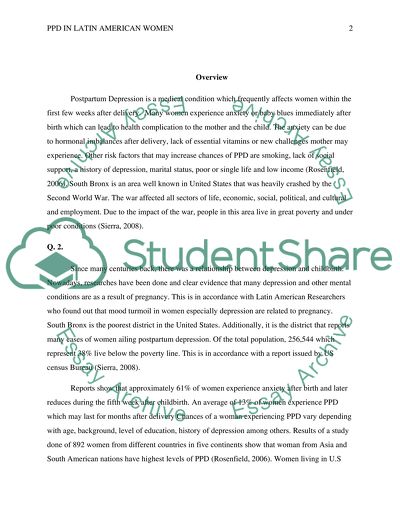Cite this document
(“Post-Partum Depression in Latin American Women in the South Bronx Research Paper”, n.d.)
Retrieved from https://studentshare.org/human-resources/1488523-post-partum-depression-in-latin-american-women-in
Retrieved from https://studentshare.org/human-resources/1488523-post-partum-depression-in-latin-american-women-in
(Post-Partum Depression in Latin American Women in the South Bronx Research Paper)
https://studentshare.org/human-resources/1488523-post-partum-depression-in-latin-american-women-in.
https://studentshare.org/human-resources/1488523-post-partum-depression-in-latin-american-women-in.
“Post-Partum Depression in Latin American Women in the South Bronx Research Paper”, n.d. https://studentshare.org/human-resources/1488523-post-partum-depression-in-latin-american-women-in.


